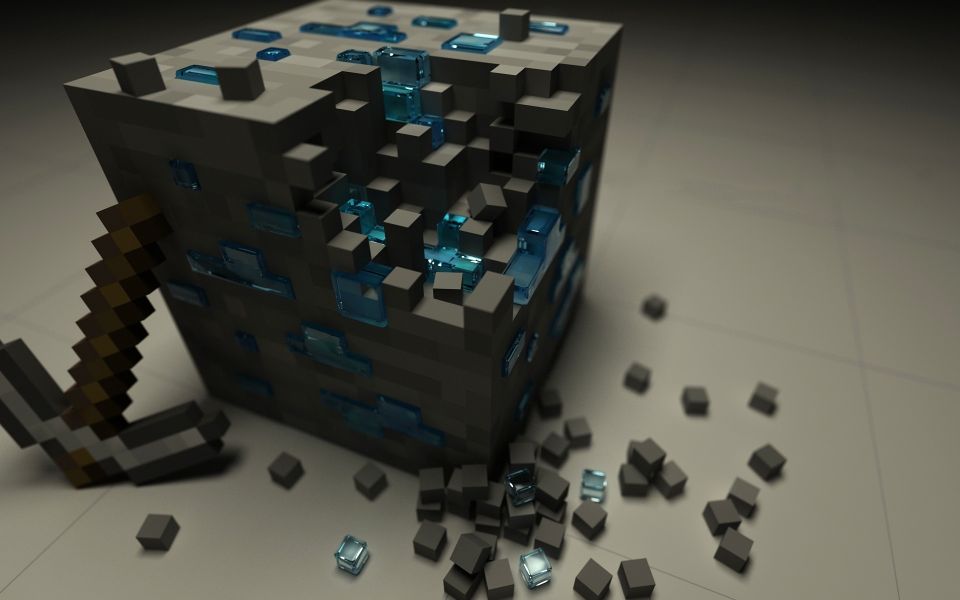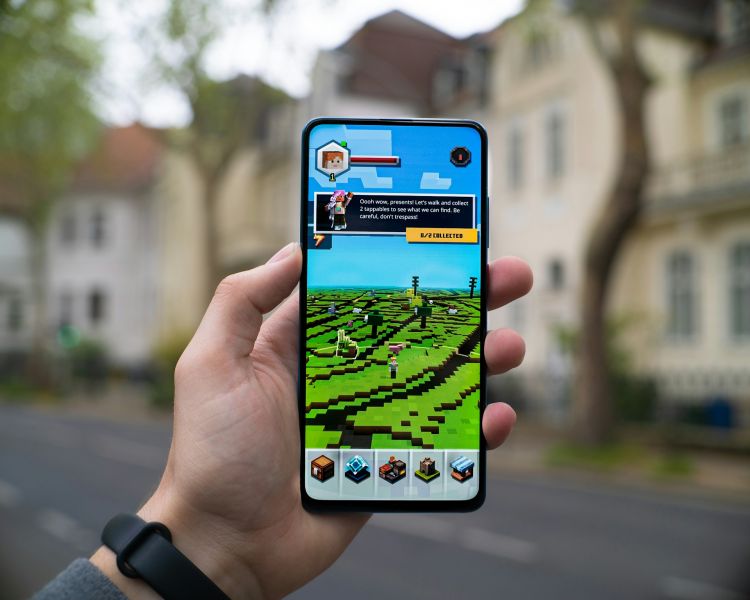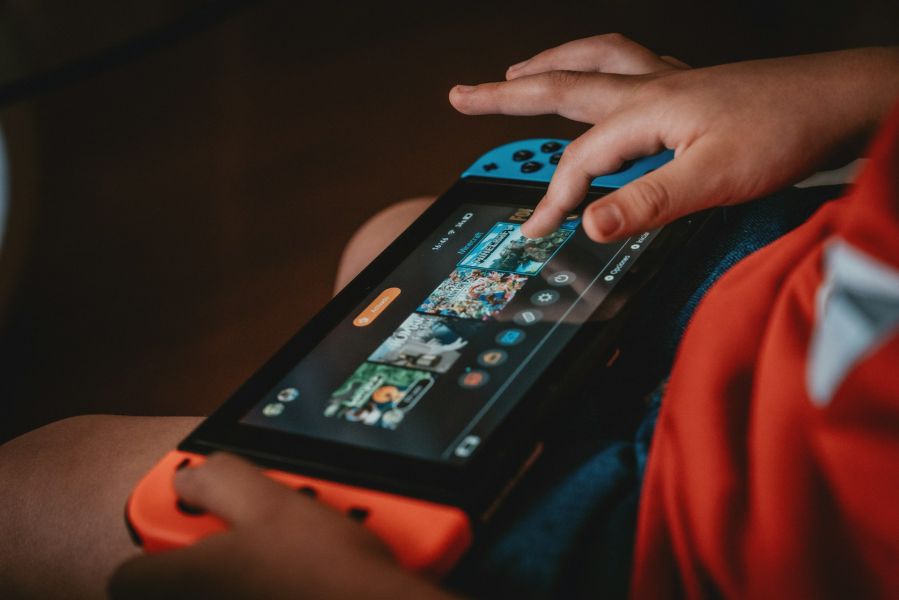
Released in 2011, Minecraft has evolved from a virtual LEGO set to an expansive universe with limitless possibilities for creation, exploration, collaboration, and innovation. As of 2024, Minecraft has sold over 300 million copies, making it the best-selling video game of all time. However, at this point in the world-renowned sandbox platform’s history, calling it a video game is an understatement, to put it lightly.
In order to understand why Minecraft has become such a global phenomenon among everyone from young children to seasoned gamers and even forward-thinking educators who use Minecraft as a teaching tool, you need to dive into the game’s fascinating technology.
Of course, much of the tech that drives Minecraft requires a deep knowledge of programming and coding, but anyone can appreciate the overarching concept that sets Minecraft apart from so many other games: procedural generation.
Procedural Generation: Deterministic Randomness

There are many technologies used in Minecraft, but procedural generation is the core element that makes the experience unique to each individual player. In short, the game’s data is created through complex algorithms, rather than being crafted manually by developers. This means the game itself is never set in stone, rather allowing its user to forge their own path in an infinite number of ways.
For example, when you load up a traditional video game (let’s use Super Mario Bros. 3 as a very basic example), you’re going to play eight worlds with 90 levels. There will be no deviation from player to player—what you see is what you get.
With Minecraft, you create your own game in real time. When you launch the game, a random 64-bit number and letter combination called a seed is generated or selected. Each seed—and there are an estimated 18 quintillion different ones—represents a completely unique world with its own landscapes, biomes, and other features.
Beyond giving players a one-of-a-kind starting point, seeds make it possible to share worlds with other Minecraft users. The seed is like a password that grants you access to the creator’s realm. With so many seeds out there, you could play the game all day every day for a lifetime and barely scratch the surface!
Minecraft Servers: Bringing the Community Together

Even if Minecraft was regulated to solo play, it would be a game-changer. However, Minecraft server hosting has turned the game into a virtual community where people from all over the world and from all walks of life and all gaming platforms can interact, collaborate, adventure, and build together.
Minecraft servers are especially noteworthy because you’re able to start your own or join someone else’s. This is a revolutionary shift from the norm, as other games run their own servers, giving you limited control over the experience. For example, Fortnite servers are run by Epic; World of Warcraft servers are run by Blizzard. Minecraft servers are a little different in the sense that you can either play on a regular server hosted by Microsoft or you can run your own with unlimited customization (thanks to the gigantic modding community and Minecraft Server Hosting services).
The implications are staggering! Renting a dedicated server makes it possible for you, your friends, and anyone else you invite to have complete control over the experience. It’s kind of like buying a house. It’s your space where you have 100% control. It’s a meeting ground where you can invite people over, establish your own community, and mod to your heart’s content.
Building Block by Block: The Future’s Wide Open

The beauty of Minecraft is that it’s still evolving and transforming. Updates and DLC are still being released, and every day as players continue to build upon the platform, the infinite Minecraft universe grows…even more infinite?
Minecraft is available as a virtual reality experience. It’s used to test and develop artificial intelligence and teach coding and programming. It’s even used in therapy to help people express themselves in an environment that feels safe and controlled. If you can imagine something, it’s probably happening out there in the Minecraft metaverse! However, it’s important to acknowledge that one of the reasons why Minecraft is bad for kids is that it can potentially lead to excessive screen time and reduced engagement in real-world activities.
So, what’s next? Minecraft has certainly made major waves on its own over the years, and there’s no doubt that it’ll continue to blow minds in the years to come. But what’s really exciting is the unknown.
As new gaming technology emerges, Minecraft will almost certainly come along for the ride. When the virtual LEGO set launched in 2011, the idea of playing it in VR at home with a worldwide community was little more than a pipe dream. Today, the astonishing technology is remarkably accessible.
If 2011’s Minecraft was a sandbox, today’s is the Sahara Desert. One can only imagine what the future holds. In a universe with infinite possibilities, anything can happen and everything will happen. Where will your Minecraft journey take you?

Founder Dinis Guarda
IntelligentHQ Your New Business Network.
IntelligentHQ is a Business network and an expert source for finance, capital markets and intelligence for thousands of global business professionals, startups, and companies.
We exist at the point of intersection between technology, social media, finance and innovation.
IntelligentHQ leverages innovation and scale of social digital technology, analytics, news, and distribution to create an unparalleled, full digital medium and social business networks spectrum.
IntelligentHQ is working hard, to become a trusted, and indispensable source of business news and analytics, within financial services and its associated supply chains and ecosystems









